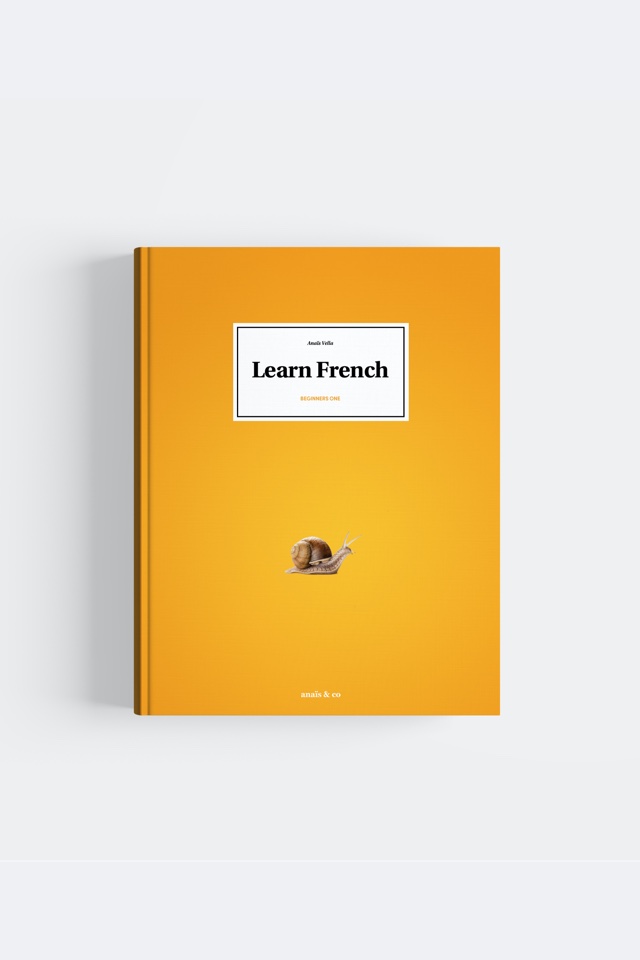

Despite what you could read online, there are no rules to know the gender of a noun. Every time you learn a new vocabulary word, it’s important to learn an article in front of it as it is how French people learn French at school. It’s normal to make mistakes on feminine and masculine as there are so many words. In French, masculine and feminine apply to people, to some animals, and objects too.
Objects and some animals like reptiles, birds, bugs, or fishes are only feminine or only masculine; they only have one gender. You could consider that objects or animals like reptiles, birds, or fishes have been randomly assigned as feminine or masculine nouns.
For example:
La colombe → The dove.
Le bateau → The boat.
The name of the animals like reptiles, birds, or fishes have one gender regardless of the gender of the animal. For example, in French, the shark is masculine “le requin,” and even the female shark is called “le requin.” In this case, if you want to be very precise on the real gender of the animal, use “male” (male) and “femelle” (female).
Sometimes some nouns are feminine and masculine, and therefore they are using the same word. Here the article will help you know the gender of the noun. You can find a lot of them in the vocabulary of jobs, although they are not restricted to jobs alone.
For example:
Un enfant et une enfant → A child.
Un photographe et une photographe → A photographer.
Many nouns have different endings for masculine and for feminine. As a result, they won’t have the same pronunciation or the same spelling. You can find most of them in the vocabulary of jobs or animals, mainly mammals.
For example:
Un chanteur et une chanteuse → A singer.
Un lion et une lionne → A lion and a lioness.
For some nouns, the feminine and the masculine are two different words. You can find them mainly in the family vocabulary.
For example:
Le frère et la sœur → The brother and the sister.
L’homme et la femme → The man and the woman.
Masculine is always stronger in French.

More in the books
Werther you are learning by yourself, with Anais and Co or if you are a FLE teacher find this lesson and many more in a beautiful book.
Be notified when we upload a new video.